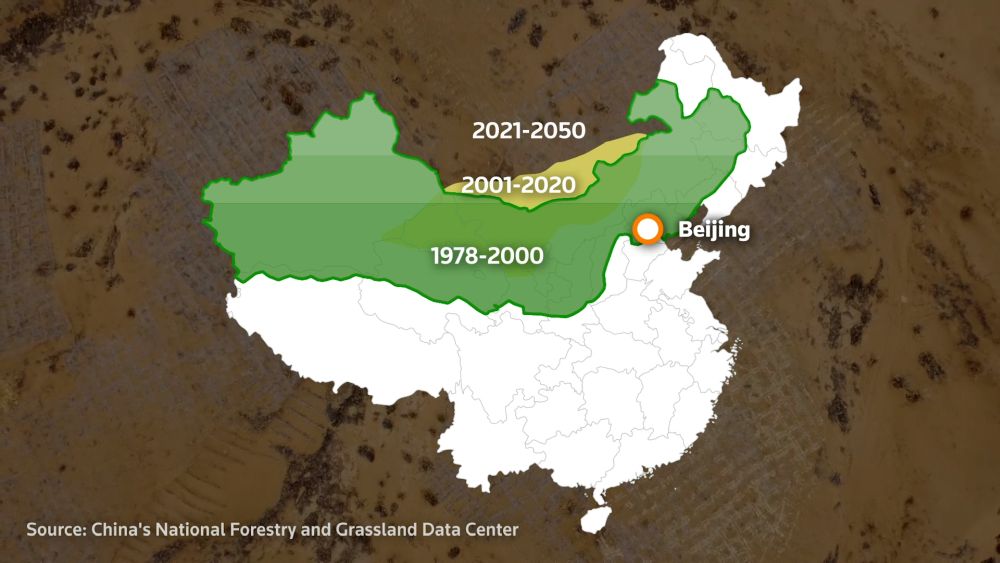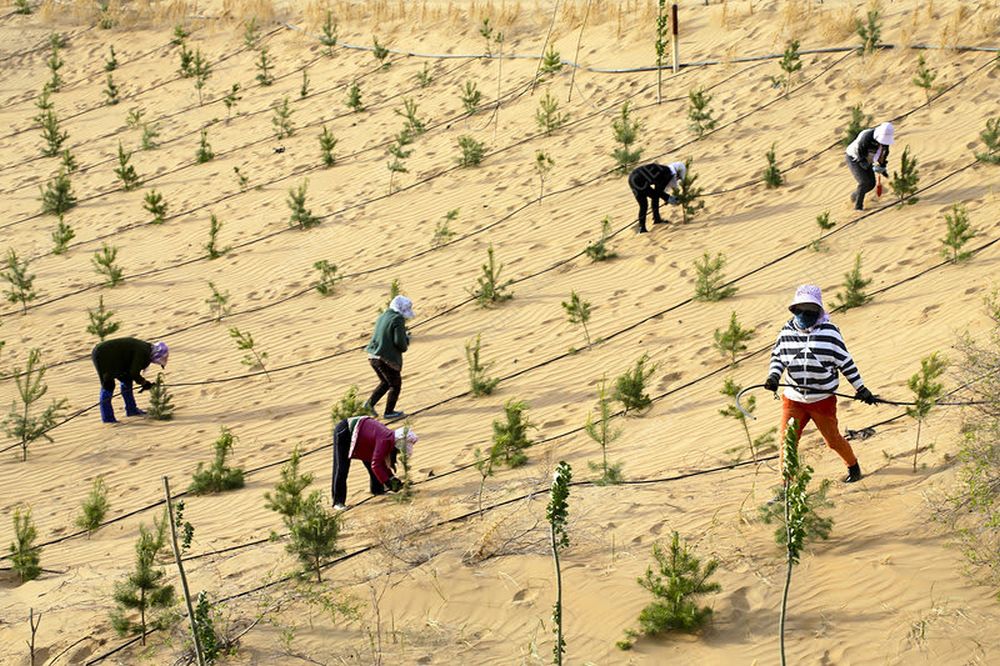The Great Green Wall of China, officially known as the Three-North Shelter Forest Program, stands as a testament to human ambition in the face of environmental challenges. Launched in 1978, this colossal afforestation project aims to create a 4,500-kilometer-long forest barrier across northern China by 2050. Its primary objectives are to halt the expansion of the Gobi Desert, reduce dust storms, stabilize sand dunes, improve soil quality, and increase forest cover from 5% to 15% in the region. The Chinese government has invested billions of dollars in this green initiative, planting billions of trees in an attempt to transform the landscape of northern China.

The project primarily utilizes fast-growing tree species such as Aspen, White Birch, and Poplar to rapidly establish forest cover in challenging environments. These species were chosen for their ability to provide immediate benefits in terms of wind protection and soil stabilization. However, this approach has led to the creation of vast monoculture forests, which have proven to be ecologically fragile. In 2000, a single disease outbreak resulted in the loss of one billion poplar trees, setting the project back by approximately 20 years and highlighting the vulnerabilities of this strategy.

Critics argue that the Great Green Wall project fails to adequately consider local conditions, leading to high tree mortality rates and potential exacerbation of water scarcity in arid regions. Some experts warn that the planted trees could deplete already scarce groundwater resources, potentially doing more harm than good in certain areas. Additionally, the lack of biodiversity in these artificial forests makes them unsuitable habitats for many native plant and animal species, raising concerns about disruptions to local ecosystems.


